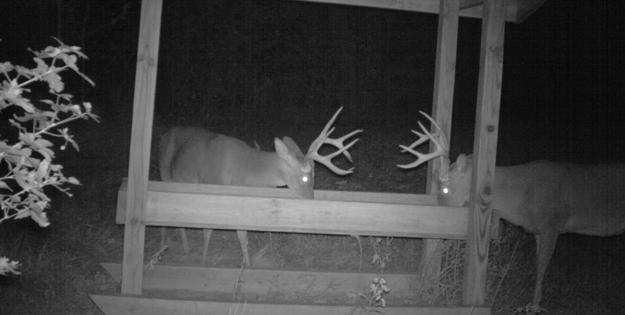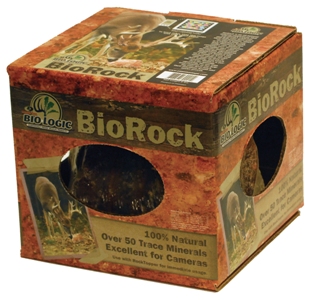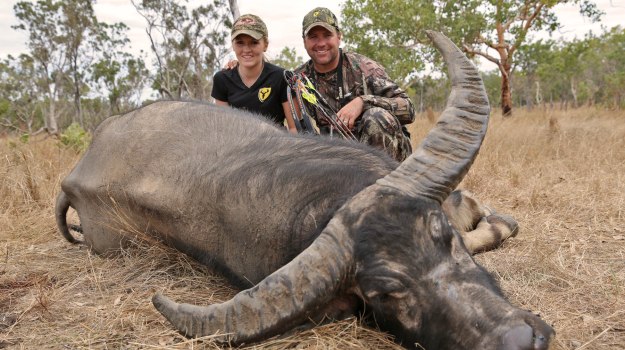
Want to know more about your deer herd? Looking to increase your knowledge of things like herd health, buck-to-doe ratios, predator populations and antler growth? If so, start using game cameras to conduct a deer survey on your piece of whitetail paradise.
Often left to biologists, performing a true deer survey can seem daunting, but thanks to modern-day game camera technology, it’s actually a simple process. To make it even easier, follow these bullet point tips to glean more knowledge about your deer herd.
 The summer months are a great time to do a proper survey. Start by creating mineral sites using BioLogic’s BioRock and Whitetail Addiction. The size of your property should dictate the number of sites you create. The larger the property, the more sites you will need.
The summer months are a great time to do a proper survey. Start by creating mineral sites using BioLogic’s BioRock and Whitetail Addiction. The size of your property should dictate the number of sites you create. The larger the property, the more sites you will need.- After creating mineral sites, hang game cameras in close proximity.
- It’s a fact that even Infrared flash cameras can spook game. Take the time to elevate your cameras—hanging them higher in a tree than normal and angling them down.
- Even though hunting season is months away, deer are still wary of human odor. Control you scent both when hanging and checking cameras. Be sure not to touch the cameras or the vegetation around them with bare skin. Wear latex gloves when handling the cameras.
- Set the cameras to take multiple pictures in short delays. If your camera has a time-lapse mode, that is also a great option.
- Multiple pictures and time-lapse video will help you identify certain markings on does and bucks, making them easier to keep tabs on.
- Build a spreadsheet in Microsoft Excel where you can tally the number of does and bucks on your property. Build separate cells for things like predator numbers, herd health and antler growth.
Before long you will have a deer inventory that will provide valuable insight into topics like doe harvest, buck harvest, predator control, herd health, winter mortality and overall population.
The Mossy Oak GameKeepers share the belief that being outdoors is about loving the land, its wildlife, and giving back more than you take. For more articles and information about managing land for wildlife, please visit farmingforwildlife.com.

 The summer months are a great time to do a proper survey. Start by creating mineral sites using BioLogic’s BioRock and Whitetail Addiction. The size of your property should dictate the number of sites you create. The larger the property, the more sites you will need.
The summer months are a great time to do a proper survey. Start by creating mineral sites using BioLogic’s BioRock and Whitetail Addiction. The size of your property should dictate the number of sites you create. The larger the property, the more sites you will need.




























